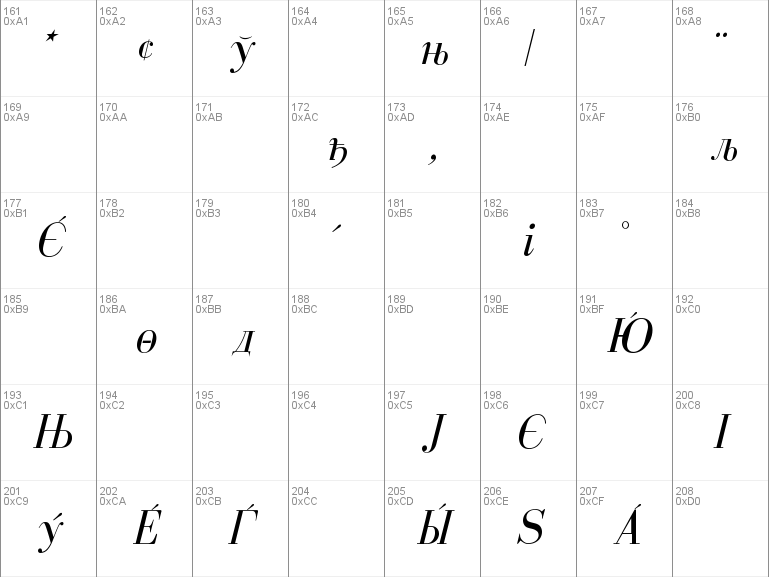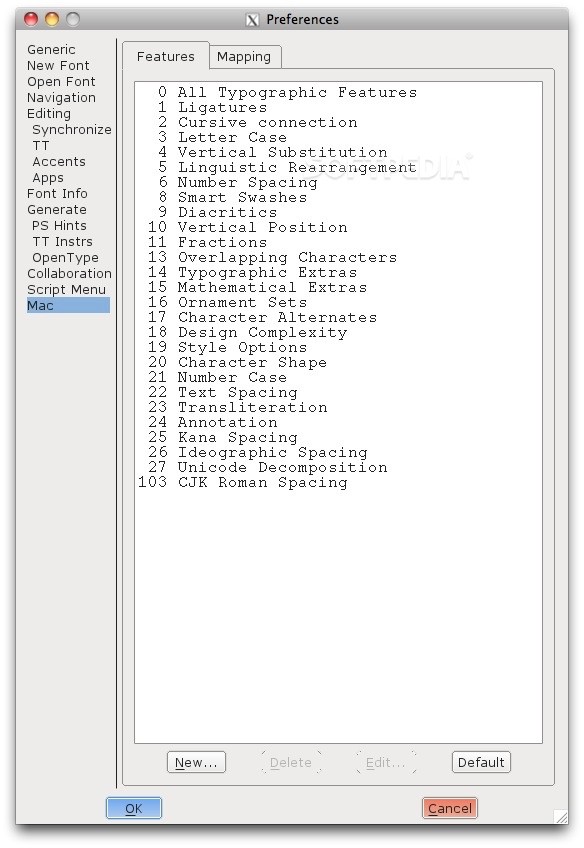

Don’t eat foods that have any partially hydrogenated items on the ingredients list.Īt the same time, reading labels doesn’t always go far enough. To avoid trans fats, it’s important to read labels carefully. In the United States, manufacturers can label their products “trans-fat-free” as long as there are fewer than 0.5 grams of these fats per serving.Ĭlearly, a few “trans-fat-free” cookies could quickly add up to harmful amounts. It can be tricky to completely avoid trans fats. Trans fats are found in two forms - natural, which occur in some animal products and aren’t considered harmful, and artificial, which are hydrogenated vegetable oils and have serious health consequences. These fats occur when vegetable oils are chemically altered to stay solid at room temperature, which gives them a much longer shelf life ( 11). However, artificial trans fats - otherwise known as industrial trans fats or partially hydrogenated fats - are hazardous to your health. It is believed to be beneficial and is marketed as a dietary supplement ( 6, 7, 8, 9). The best-known ruminant trans fat is conjugated linoleic acid (CLA), which is found in dairy fat. Several reviews have concluded that a moderate intake of these fats does not appear harmful ( 3, 4, 5).

However, dairy and meat eaters needn’t be concerned. These types typically comprise 2–6% of the fat in dairy products and 3–9% of the fat in cuts of beef and lamb ( 1, 2). They form naturally when bacteria in these animals’ stomachs digest grass. Natural, or ruminant, trans fats occur in the meat and dairy from ruminant animals, such as cattle, sheep, and goats. They come in both natural and artificial forms.
Transtype d professional#


Transtype d software#
n software 3-D Secure continues to support 3-D Secure 1.0.2, a standard used worldwide to reduce fraud by verifying purchaser identity during online transactions in programs implemented by Visa, MasterCard, American Express, Discover, and JCB. The refined customer experience reduces friction during checkout and bolsters fraud protection by analyzing additional customer data when authenticating card holders. The toolkit allows easy integration into online shopping carts, websites, and merchant systems, while providing extraordinary flexibility to software developers through easy to use component interfaces.ģ-D Secure 2.2 is an authentication protocol defined by EMVCo and has been designed for modern customer environments, including browsers and mobile devices. n software 3-D Secure is a Certified 3-D Secure 2.2, 2.1 and 1.0.2 library offering support for Visa 3-D Secure, American Express SafeKey, Discover ProtectBuy, MasterCard Identity Check, and J/Secure.
Transtype d android#
New 3DS Server, along with Android and iOS 3DS SDKs, provide 3DS Server and mobile SDK functionality to facilitate integration for both browser-based and mobile flows.ģDS Server and mobile SDKs are EMVCo Certified and listed on the EMVCo Approved Products list. New! 3-D Secure 2.2 and 2.1 are now supported.


 0 kommentar(er)
0 kommentar(er)
